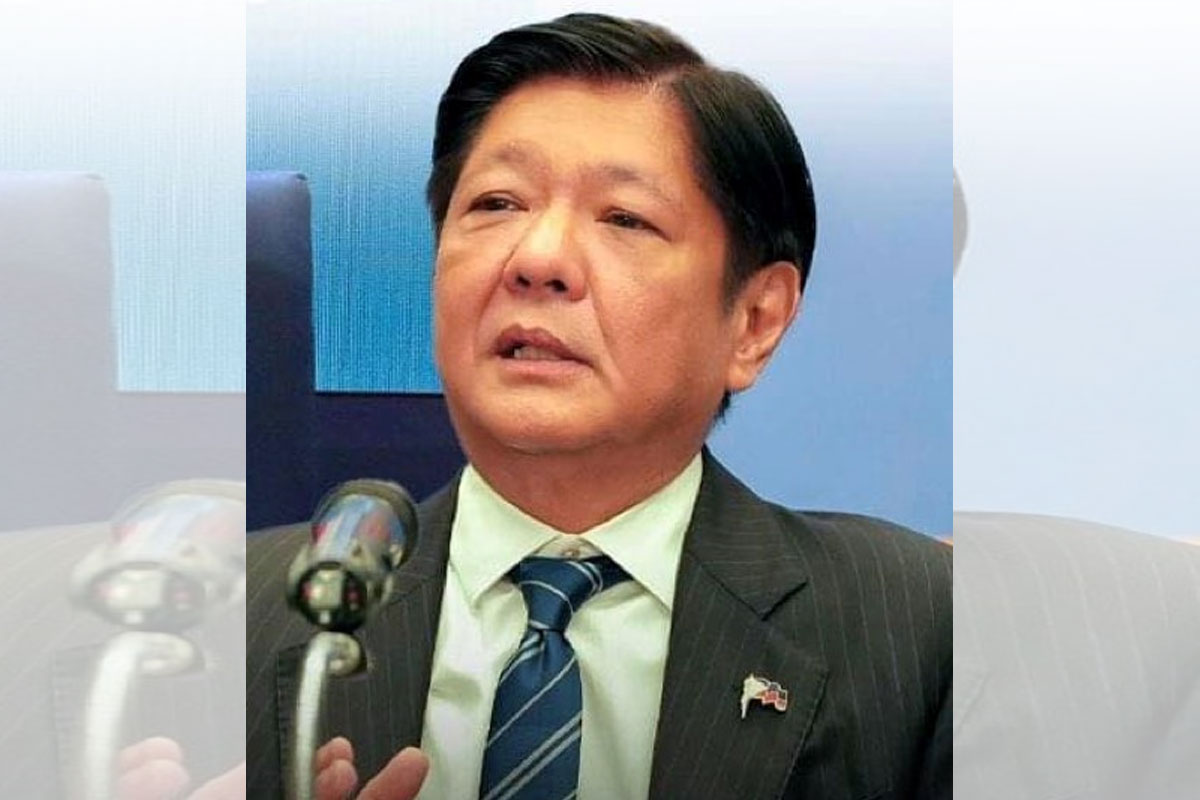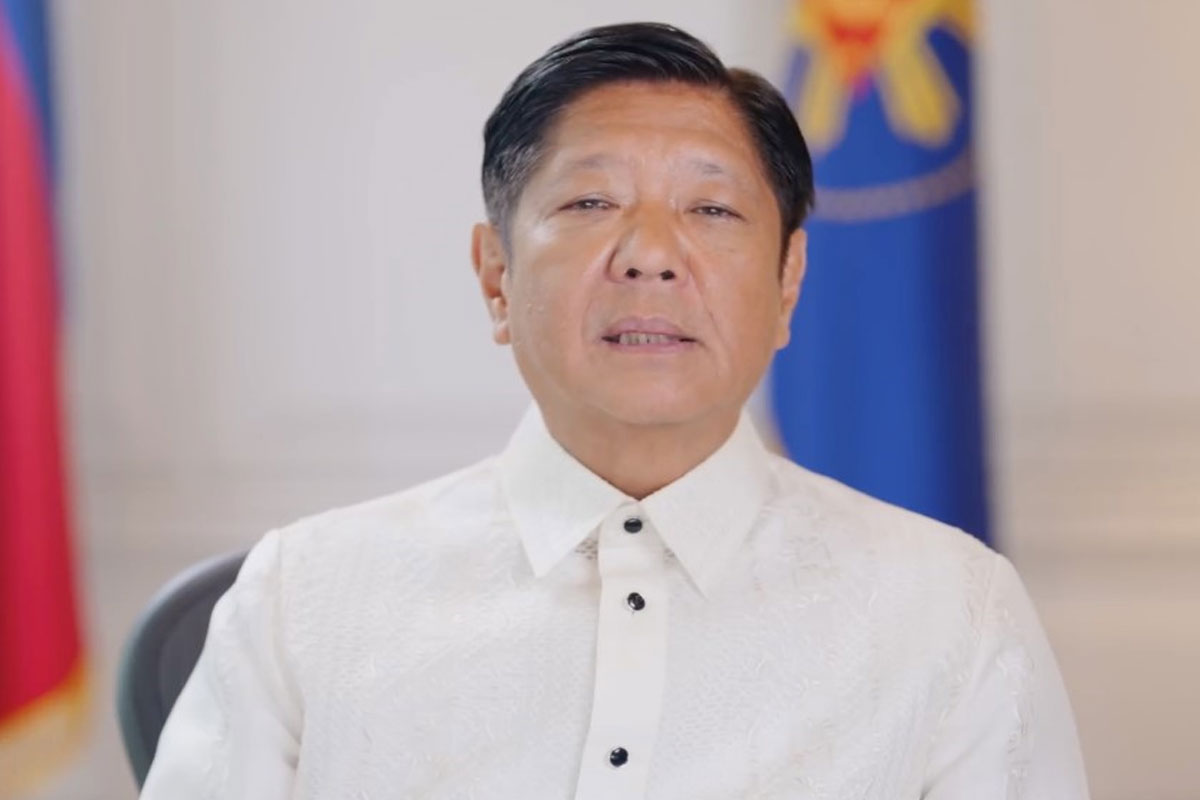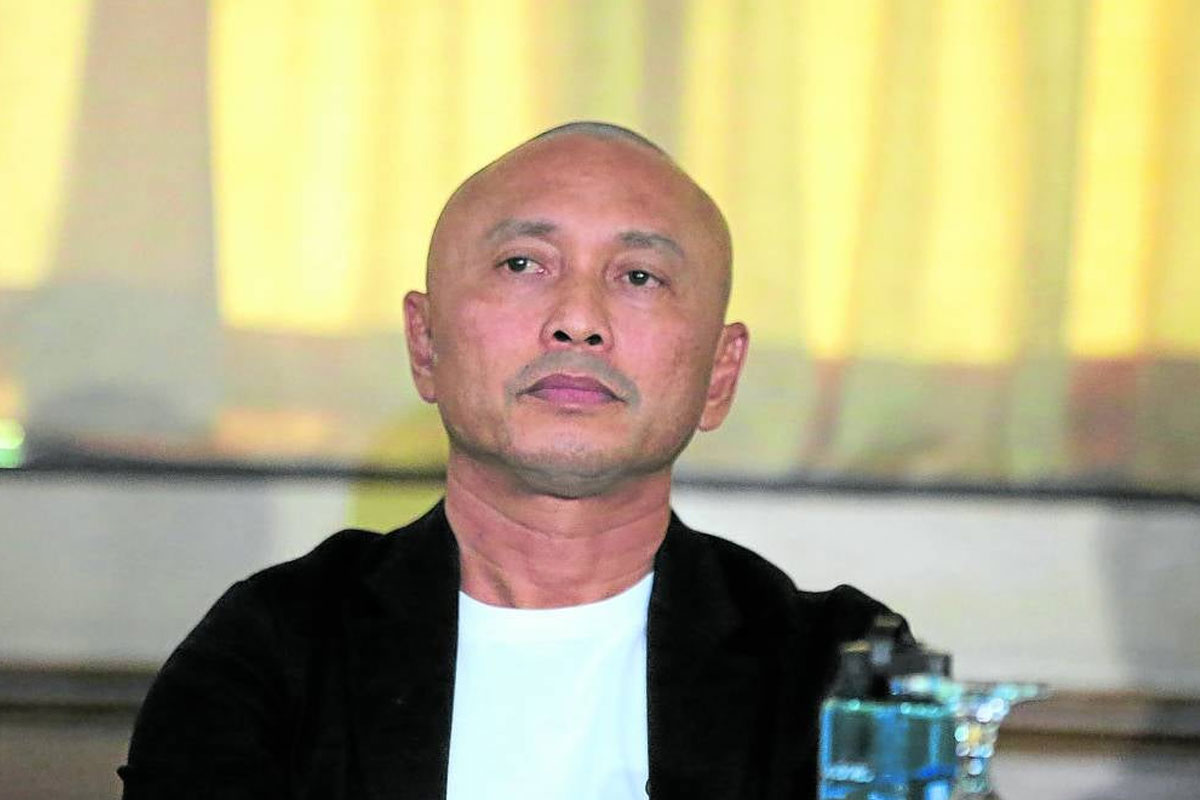
Hire a curator, keep the crown jewels
 Privatization of assets that most of us consider public goods – like airports and highways – has a long, often-uncontroversial history. — Bethany McLean
Privatization of assets that most of us consider public goods – like airports and highways – has a long, often-uncontroversial history. — Bethany McLean
IT is a settled issue: Private corporations are generally run more efficiently, productively.
That’s why they are more profitable.
On the other hand, government-owned or controlled corporations have state accountability, public commitments, and must reckon with political considerations in making business decisions.
These explain their historical inefficiency, marginal productivity, and the need for state subsidies.
But mindless privatization is not the way to go either.
Thus, House Deputy Speaker Ralph Recto has said the government’s reported plan to sell off its non-performing assets should be “curated well” so it would not lead to a “fire sale” of state-owned land, businesses, and franchises.
“The rule in privatization is that we should not be selling the geese that lay the golden eggs,” Recto said. “We should be careful that what remains of state crown jewels are not included in a baratilyo (bargain) sale simply because we are raising funds for a project.”
In inventorying what can be sold, he said the strategic value of a company “should not come ahead of the chance to make a fast buck out of the sale”.
“We have stewardship role duty for the next generations),” he stressed.
Quite thankfully, there is a happy middle ground: Privatizing operations while keeping public assets or enterprises in state hands.
In the recent Rotary District 3830 Conference, Transportation Sec. Jaime “JJB” Bautista talked about the government’s plan to privatize the Ninoy Aquino International Airport, the country’s premier international gateway.
“Did you know that the Ninoy Aquino International Airport or NAIA is also being primed for privatization? We have tapped the Asian Development Bank to help us look for the most qualified private operator of NAIA to manage its operations and maintenance,” Bautista said.
It was clear that only the airport’s operations, not its assets, would be privatized through a concession agreement.
Granting a private company the rights to operate NAIA might just be the government’s best next step to provide a smoother, more efficient airport experience.
Not so long ago, the government received an unsolicited proposal from a mega-consortium of the country’s tycoons to operate and maintain the country’s busiest airport, which would also include rehabilitation and increasing the airport’s passenger capacity.
It was in February 2018 when the Department of Transportation under then Secretary Art Tugade received the P350-billion proposal from the NAIA Consortium, whose technical partner is Singapore’s airport operator – Changi Airport International.
The proposal’s price tag went down to P102 billion after another group – Megawide-GMR, the joint venture behind the improvement and operation of the Mactan-Cebu International Airport — challenged the super-consortium’s bid with a $3-billion (around P156 billion) offer.
While the NAIA consortium was awarded the original proponent status for the project in April 2018, it took them another year before the proposal was greenlighted and opened to a Swiss challenge.
But due to the seeming lack of interest of the DoTr at the time, the project lingered until the Covid-19 pandemic hit land.
In July 2020 — four months after the pandemic started — the government revoked the NAIA Consortium’s original proponent status after the both parties failed to agree on the group’s revised proposal to ensure the project’s viability despite the pandemic’s impact to business and the economy.
As a result, the OPS was awarded to the Megawide-GMR group, which was also stripped of the proponent status.
And before 2020 ended, the government virtually terminated the project, later saying that it would undertake the rehabilitation on its own.
Fast forward to this year: The NAIA remains in need of rehabilitation and capacity upgsize, and Bautista is determined to pursue tapping the private sector to finally rehabilitate the country’s premier gateway and expand its capacity — an opportunity his predecessors have frittered away.
In the case of NAIA, privatization means that the airport would remain to be a public asset while its operations and maintenance are managed by a private company up until the concession agreement ends.
At the end of the partnership, the management of the airport operations would return to the government.
This setup is nothing new. Both the Mactan-Cebu International Airport and Clark International Airport are both under concession agreements with private entities.
Public-private partnerships have long been considered a driver of growth and development by mobilizing private resources for public good.
These PPPs help free up resources that can be allocated for other project

















